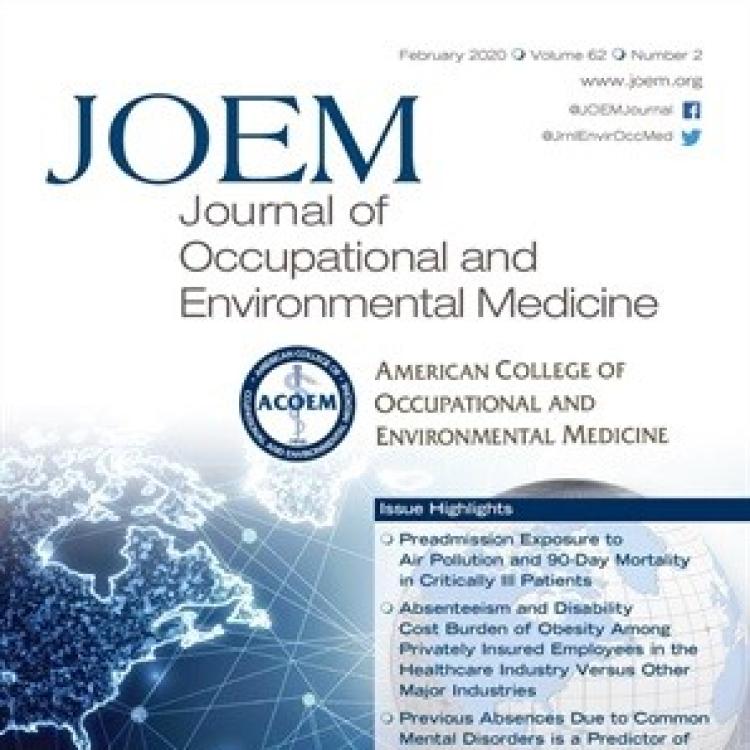Authors: Wamble D, Ciarametaro M, Dubois R.
Publication: Journal of Occupational and Environmental Medicine
February 2020
In a study published in the Journal of Occupational and Environmental Medicine, researchers at the National Pharmaceutical Council and RTI Health Solutions sought to evaluate how institutional barriers prevent the inclusion of broader individual and societal benefits associated with new health care innovations from being considered when assessing the value of medical treatments and making health care coverage determinations.
They surveyed health insurance providers, pharmacy benefit managers, employee benefit consultants and employer groups in the United States to understand respondents’ opinions regarding barriers and solutions to evaluating four indirect treatment benefits: absenteeism, presenteeism, caregiver burden and quality of life.
While all respondents rated traditional outcome measures such as efficacy, safety and cost as highly important in value assessments, survey results showed that the inclusion of indirect benefits was of less importance to payers, but of higher importance to employer stakeholders. The difference of opinion was most striking around absenteeism.
Both groups agreed that the difficulty of measuring the benefit accrued from improvements in the benefit categories is a barrier to their inclusion, as is the lack of resources to analyze the data. Payers also acknowledged such cultural barriers as the perception that indirect benefits have no value.
However, nearly half of respondents agreed that certain medical conditions—those that involve treatment over long time periods and that result in disability—were more likely to result in increased burden of care and that, for these conditions, a consideration of indirect benefits was more likely to occur.
The researchers concluded that therapies that improve physical or mental function accrue benefits both directly and indirectly and can only be adequately assessed if measurement standards for indirect benefits and quantifiable measures are established. Absenteeism was perceived as having the most potential to provide indirect benefit measures.
